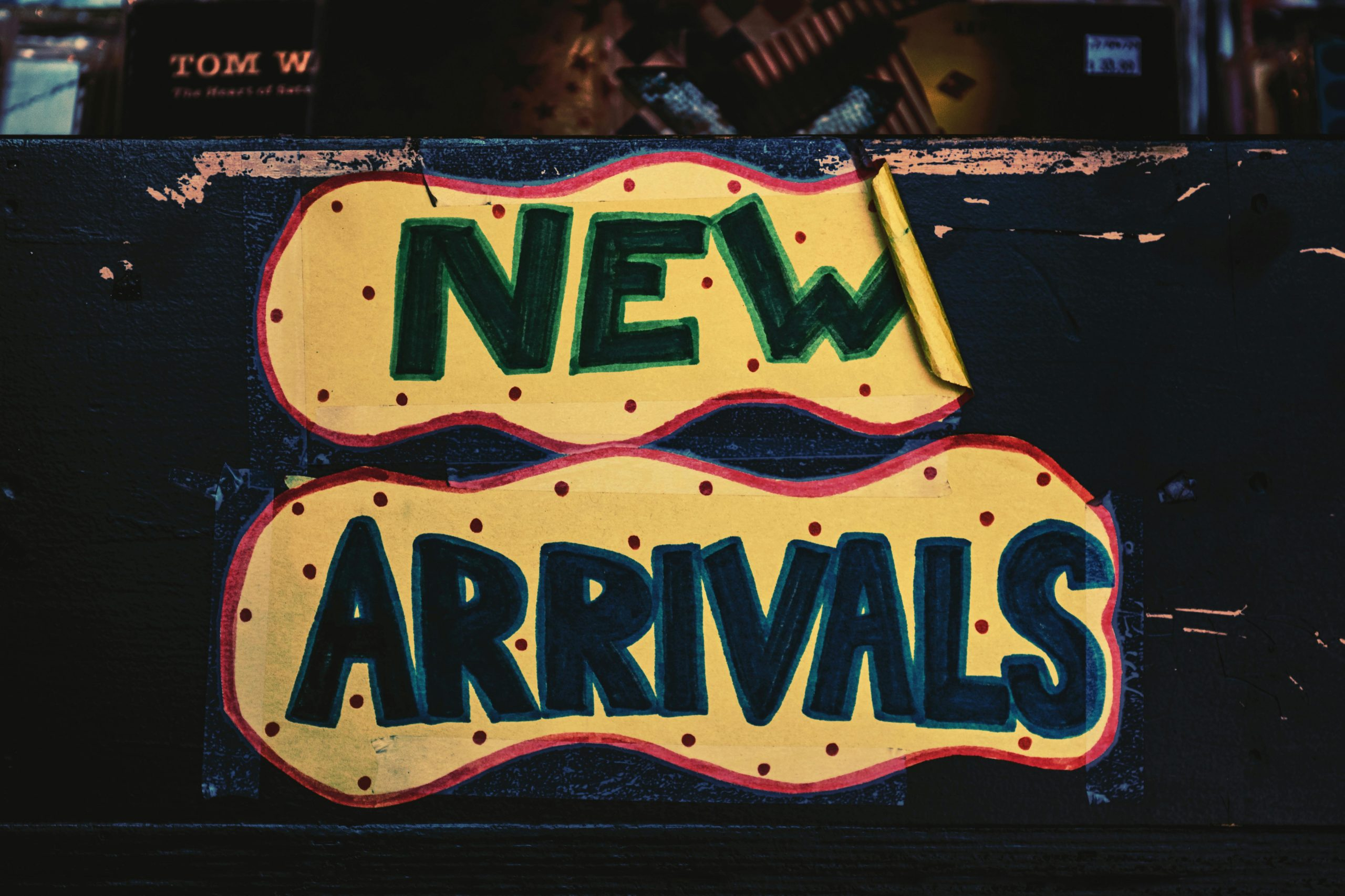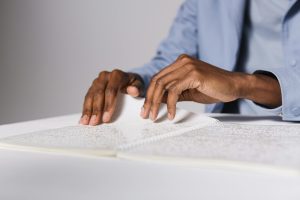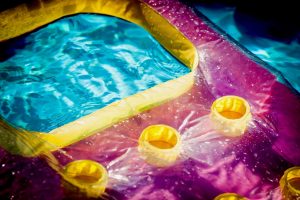The Psychology of Retail Design: How Stores Influence Our Shopping Habits
Have you ever walked into a store with the intention of buying one thing, only to leave with a cart full of items? Or have you found yourself drawn to a specific store without understanding why? The answer lies in the psychology of retail design. From the moment we step foot into a store, we are bombarded with various elements designed to catch our attention and influence our shopping habits. In this article, we will delve into the world of retail design and explore how stores use consumer psychology to drive sales.
The Power of First Impressions
First impressions matter, and this is especially true when it comes to retail stores. A well-designed storefront invites customers in and sets the tone for the shopping experience. In fact, studies have shown that consumers form their initial impression of a store within the first seven seconds of entering. This means that retailers have a limited amount of time to make a positive impact on their potential customers.
The exterior of a store, including the color, signage, and window displays, all play a role in creating that first impression. A bright and colorful storefront can signal a fun and upbeat atmosphere, while a sleek and modern design can convey sophistication and high-end products. Retailers strategically use these visual cues to attract their target audience and influence their perception of the store before they even step inside.
Layout and Flow
Once inside a store, the layout and flow play a significant role in guiding customers through their shopping journey. Retailers use a variety of techniques to influence the flow of traffic, including strategic placement of aisles, displays, and signage. For example, essential and commonly purchased items are often placed towards the back of the store, forcing customers to pass through other items to reach their destination. This method, known as “forcing the loop,” increases the chances of customers making impulsive purchases as they journey through the store.
In addition to influencing the flow of traffic, retailers also use design to create a sense of exploration and discovery. Studies have shown that customers tend to spend more time and money in stores that are designed like a maze, with unexpected turns and alcoves that encourage customers to explore and discover new products.
The Impact of Colors and Lighting
Colors and lighting are powerful tools used in retail design to influence customers’ emotions and behaviors. The right combination of colors and lighting can create a positive shopping experience, while the wrong combination can cause discomfort and disinterest.
A study by the University of Winnipeg found that the right colors in a retail environment can increase sales by up to 80%. For example, warm colors like yellow and orange tend to evoke feelings of joy and happiness, while cool colors like blue and green are associated with calmness and serenity. Retailers use this knowledge to their advantage when designing their stores, using warm colors in areas where they want to create a sense of excitement and cool colors in areas that require a more relaxed atmosphere.
Lighting also plays a significant role in retail design, affecting the mood and atmosphere of the store. Bright lighting can help highlight products and create a sense of energy, making customers more inclined to make a purchase. On the other hand, dim lighting can create a sense of intimacy and exclusivity, making customers feel like they are receiving a personal and unique shopping experience.
Creating a Sense of Urgency
One of the primary goals of retail design is to create a sense of urgency and encourage customers to make a purchase. Retailers use a variety of tactics to achieve this, including limited-time offers, exclusive products, and scarcity marketing.
Scarcity marketing is a powerful psychological tactic used by retailers to create a sense of urgency. When customers believe that a product or offer is scarce or in high demand, they are more likely to make an impulsive purchase. This is why many retailers use phrases like “limited time offer” or “while supplies last” in their advertising and in-store displays.
Conclusion
In today’s competitive retail landscape, simply having a great product is not enough to succeed. Retailers must also understand consumer psychology and use this knowledge to design their stores to influence customers’ shopping habits. From first impressions to layout and flow, colors and lighting, and creating a sense of urgency, retail design plays a crucial role in driving sales and creating memorable shopping experiences. The next time you step foot into a store, pay attention to these elements, and see how they shape your shopping experience.










